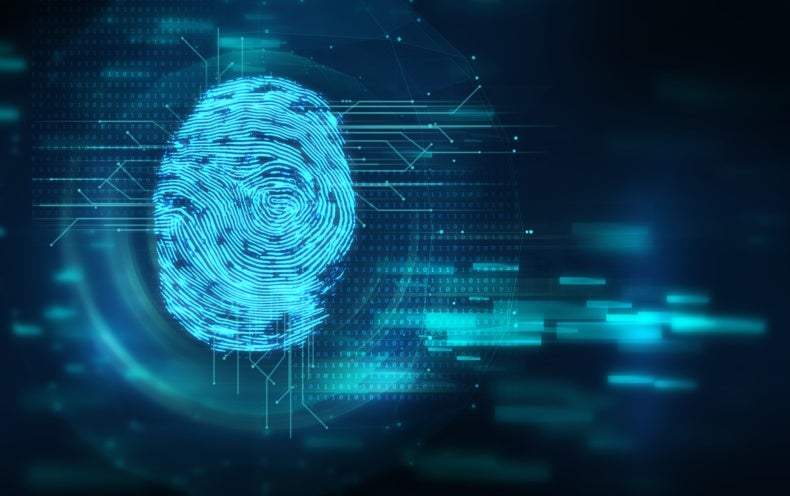There are many ways you can identify a person you know. You could call their name and they’d respond. You could recognize their face, haircut, voice, or even subtle gestures like the way they walk and their usual intonations.
When it comes to governmental and other official IDs, though, things are much simpler. It used to be just plain analog cards, papers, or booklets (in the case of passports, for example) with a portrait photo and other data. But now we have biometrics technology! How much do you know about biometrics? Here are some fun facts to help you understand this technology a bit closer.
Biometric indicators for IDs must be permanent and universal
Official identifications such as national ID cards, driver’s licenses, and passports are generally valid for quite a while, generally around five years. So it’s logical that the indicators that are taken for biometric identification have to be permanent. Such is also the case for other purposes, such as for banking or entrances.
This is also because such IDs aren’t just made for a few people, but a wide system applied to whole communities and populations. Therefore, the indicators have to be applicable to everyone in the system.
That’s why while you may recognize a friend from the way they talk, the employee taking your biometrics at the passport office won’t take biometric data about it. The way a person talks is not permanent, and not scalable as to be universal.
The most popular indicators are fingerprints, facial features, and iris.
It’s not just about your physical characteristics
While it’s true that we just mentioned that biometric indicators used for IDs have to be permanent and universal physical traits, it’s worth keeping in mind that official identification isn’t the only use for biometrics.
For example, mouse movements and typing rhythm are also indicators kept in track by software user experience designers to understand how people use their software. This type of metric is often classified as behavior metrics, which, of course, describes behavior. These metrics may even be tracked for every individual to tailor their experiences in using the software.
Current uses
Now we know that official IDs take biometric indicators to identify you. But as we mentioned earlier, there are other uses of biometrics.
The main purposes of biometrics are identification and authentication. Therefore, sectors that need these use biometrics. Security, banking, building access, mobile access, and even law enforcement use biometrics.
Perks of biometric passports
One of the most popular uses for biometrics is for making biometric or electronic passports. The government stores more of your data if you hold a biometric passport, but these data points can also be of use to you.
It is harder to duplicate or forge because forging printed details of a biometric passport is not enough to copy its functionality. Therefore, biometric passports protect you better from identity theft, compared to traditional ones. The extra data stored in it also ensures more accurate authentication.
Another, more casual, but very convenient perk of biometric passports is that you can pass border control quicker and more hassle-free, by using modern equipment such as e-Gates, which authenticates your entry based on your biometrics and digital data.
Biometric passport photo
While biometrics ensure that there are multiple ways to identify a person, it doesn’t mean that passports no longer need photos to identify you. In fact, biometrics make photo requirements stricter, because, for automated systems to identify you reliably from pictures, those pictures have to fit certain standards.
Such standards include size, face proportion relative to photo size, eye line position, and neutral facial expression. These standards may vary between countries, for example, note how US passport photo sizes of 2×2 inches differ from those of most other countries.
Lucas Noah, armed with a Bachelor’s degree in Information & Technology, stands as a prominent figure in the realm of tech journalism. Currently holding the position of Senior Admin, Lucas contributes his expertise to two esteemed companies: OceanaExpress LLC and CreativeOutrank LLC. His... Read more
